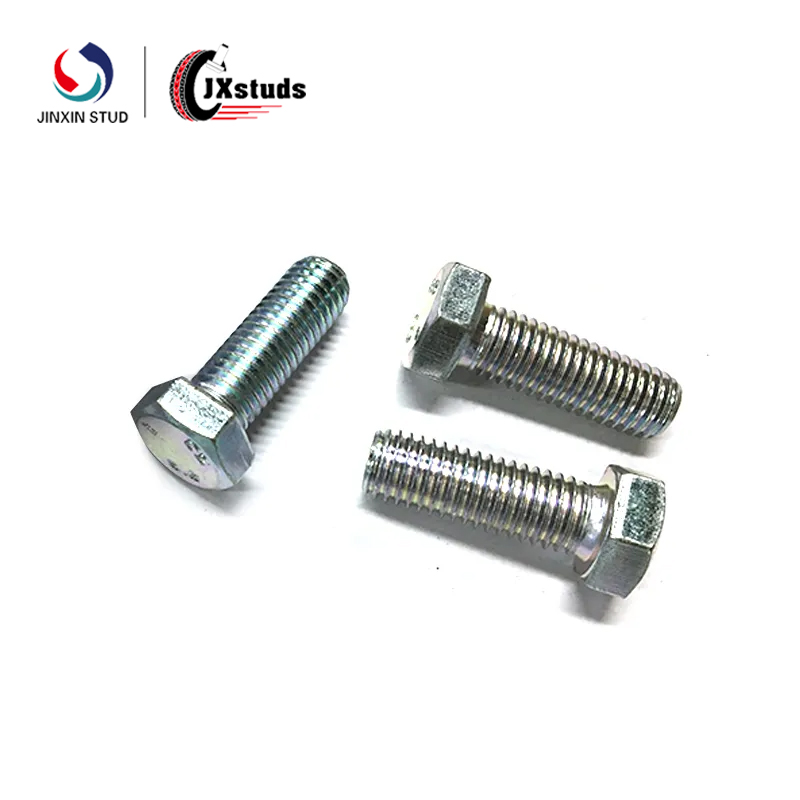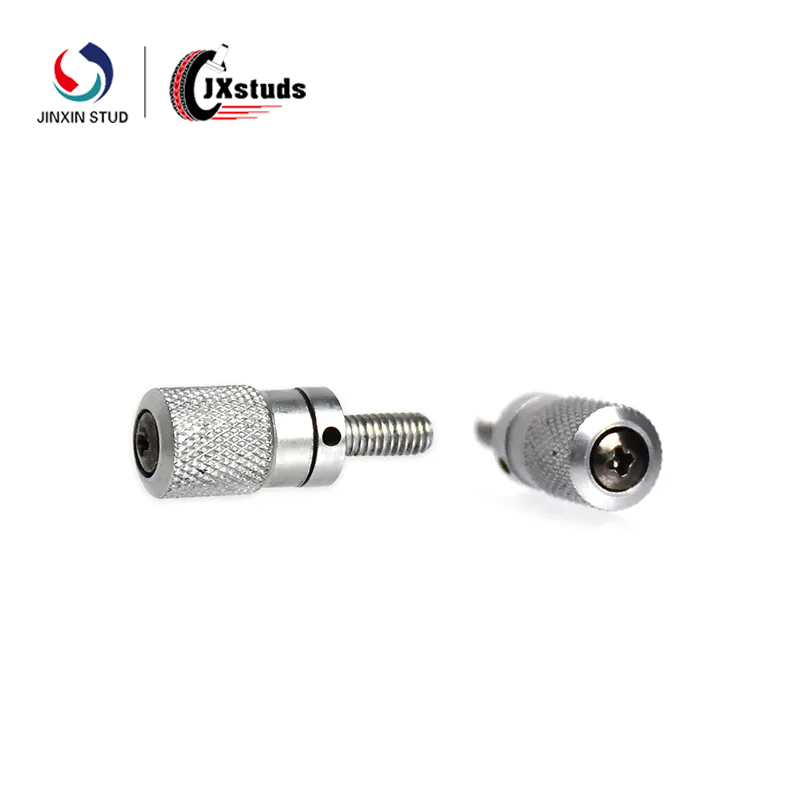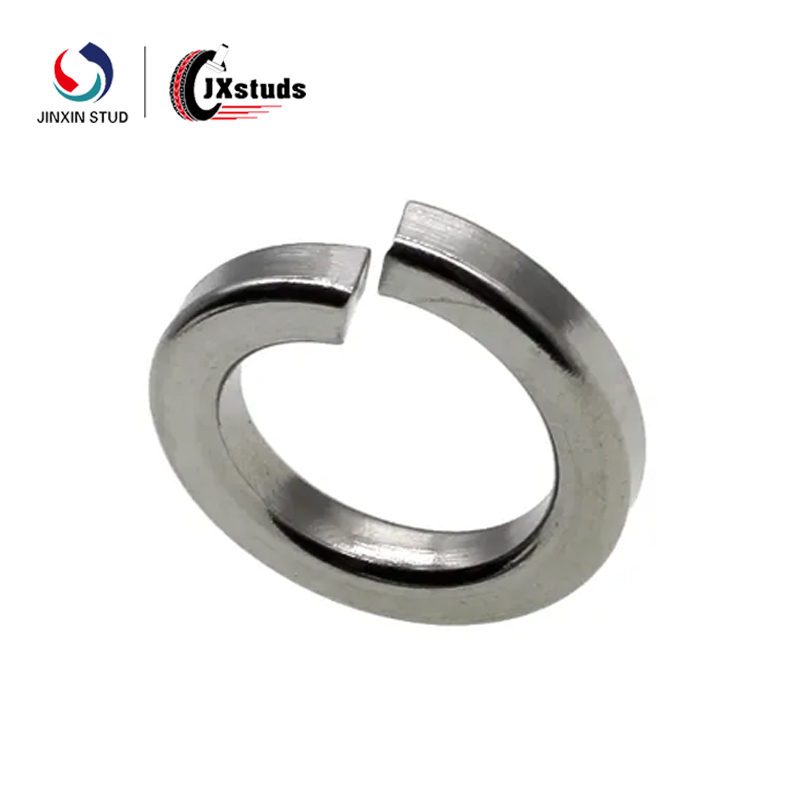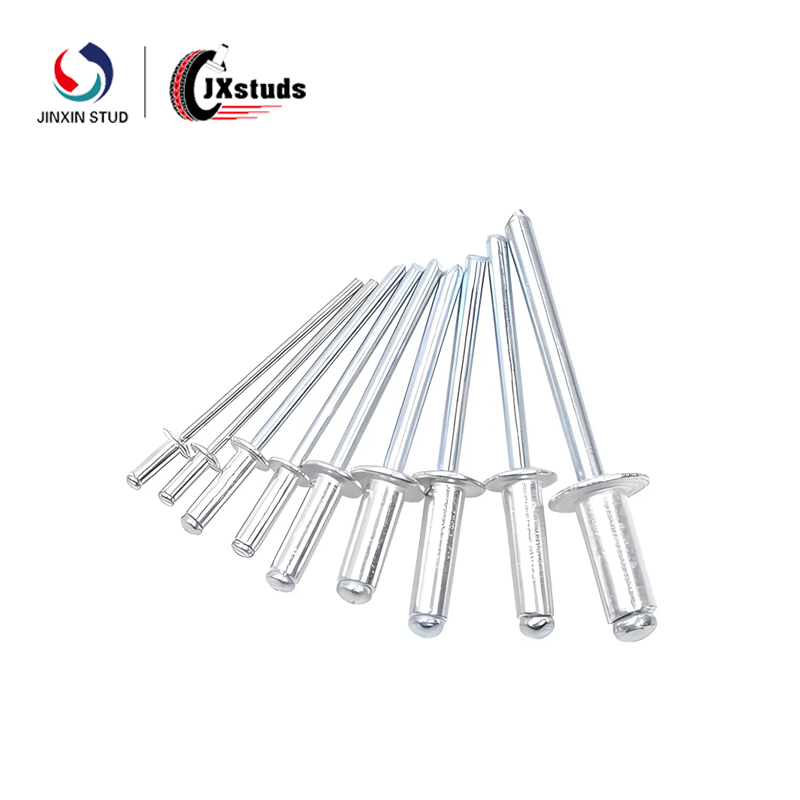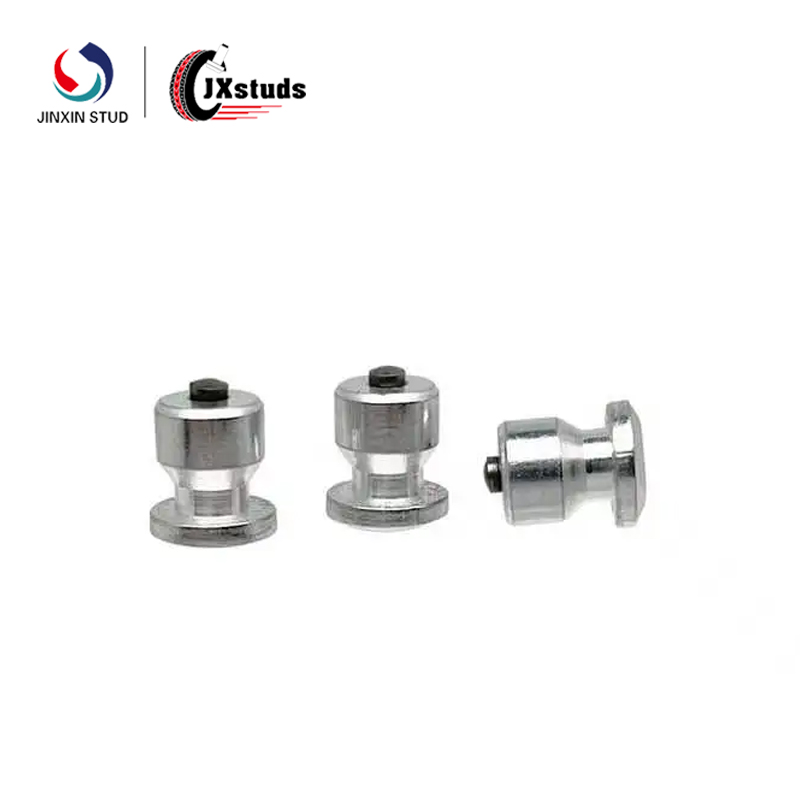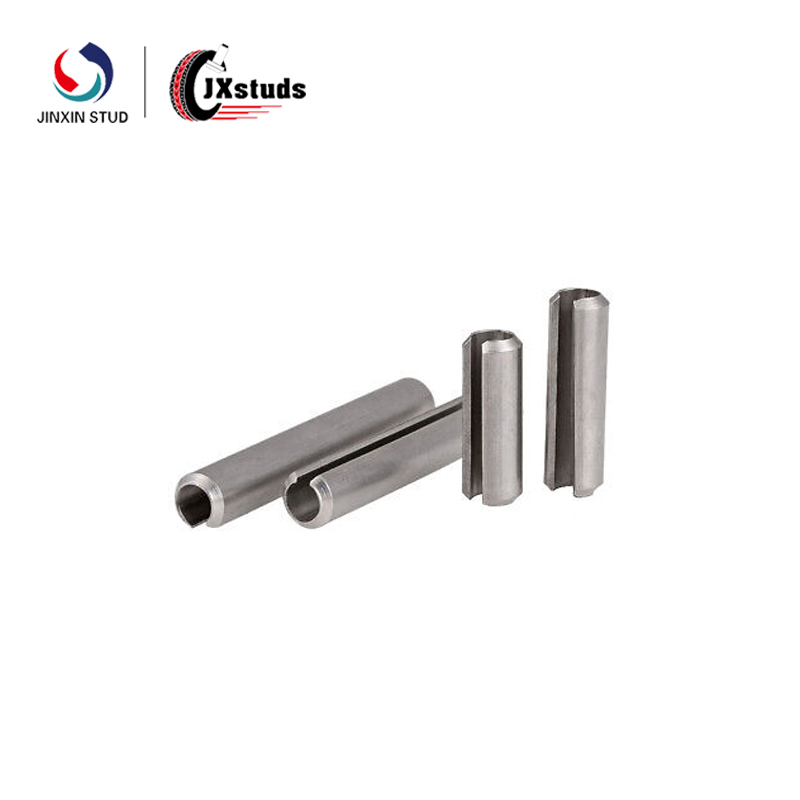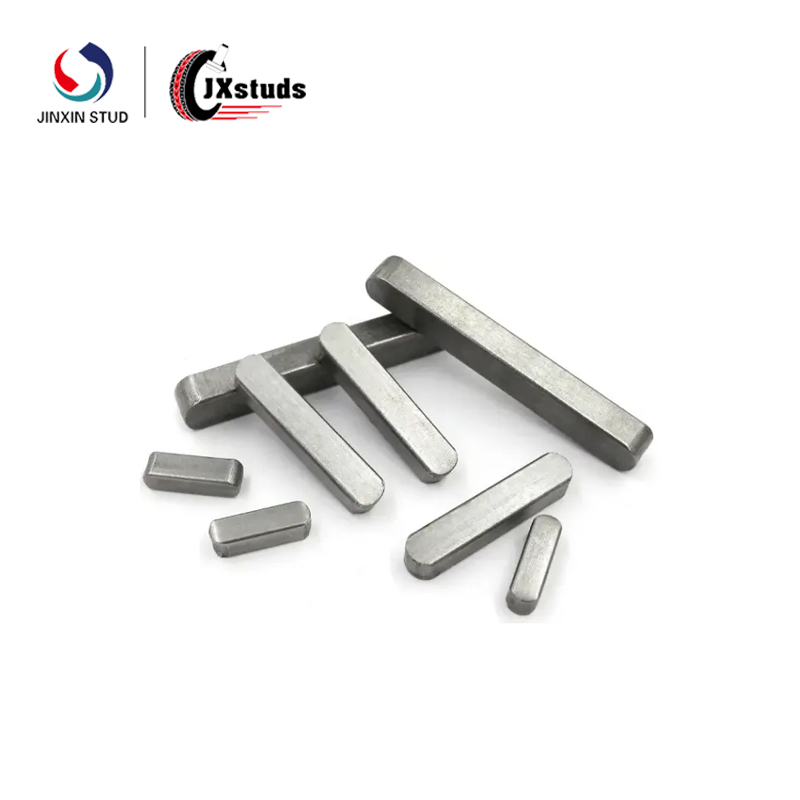In machinery maintenance, equipment disassembly and other work, hexagonal head screws can not be screwed out properly due to rust, slippery threads or jamming is a common problem. At this time, drilling screws becomes an effective solution.
High-speed steel twist drills are the first choice, which can efficiently cut screws in a variety of materials. For the common M6 carbon steel hexagon head screws, 4-5mm diameter drill is more appropriate; if you encounter high hardness alloy steel screws, consider carbide drill, but need to be careful operation to prevent the drill bit broken.
Mark the top center of the screw with a marker, and then use a center punch to hit the marking point to make a locating pit. This locating pit prevents the drill bit from slipping and shifting during startup and ensures that the hole is drilled accurately.

With protective equipment on, start the machine, align the drill bit with the locating pit, and slowly apply pressure to cut into the screw. Keep the drill bit vertical during drilling and avoid tilting. If the hole is deep, use multiple feeds, exit the drill after each feed, clean the chips and add cutting fluid to prevent the drill from overheating and clogging with chips, which will affect the drilling efficiency and quality.
When the drill bit drills through the screw, stop the equipment, use the broken wire remover to insert into the drill hole, and try to unscrew the remaining part of the screw. If the screw is still loose, use a wrench or other tool to carefully pry or unscrew and gradually remove the screw. If the screw has been seriously damaged, the threaded hole can be reworked by tapping operation so that a new screw can be installed.
If you encounter special circumstances or other questions in actual operation, please feel free to communicate and discuss, contact us for more solutions.


